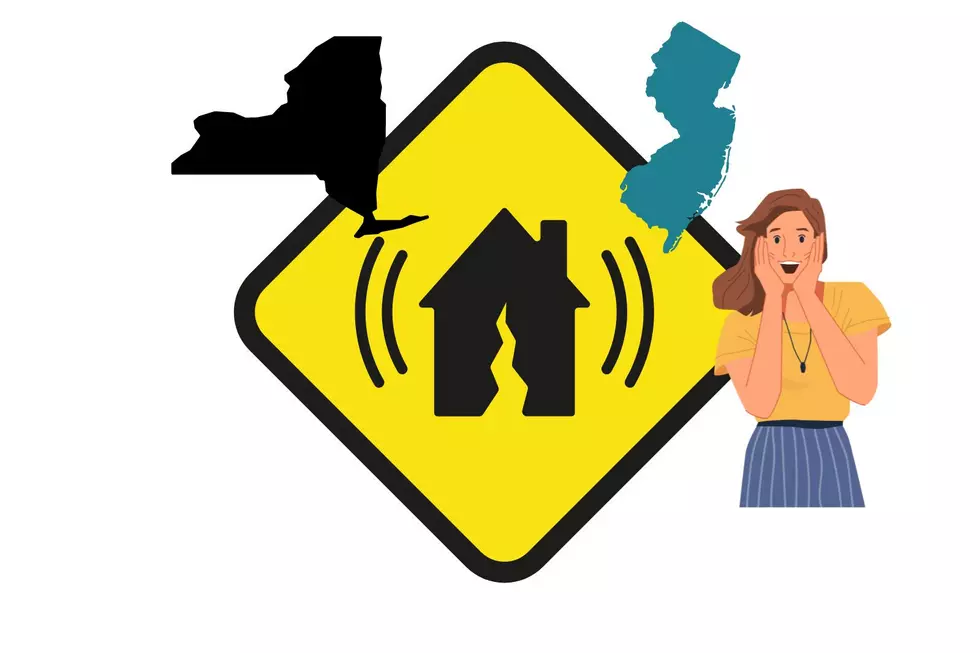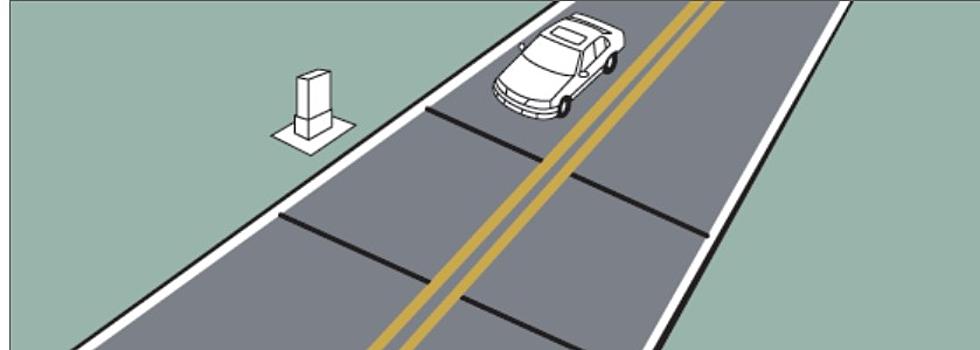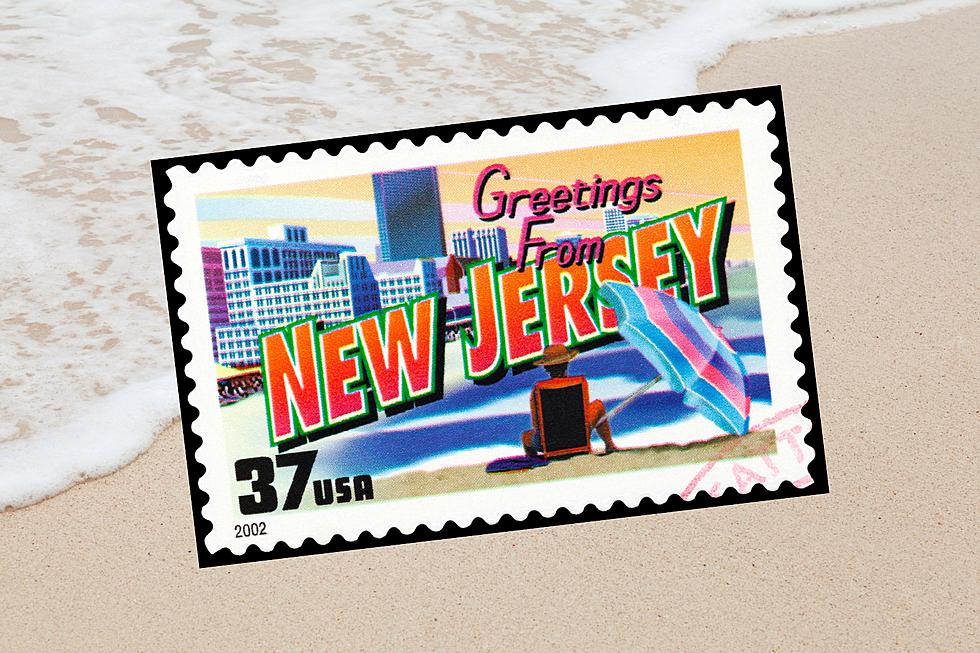
19th Century baseball, June 25 at Allaire State Park
No fielder's mitts. No infield fly rule. One umpire, and no arguing the calls. Baseball in the 19th century was far from the glistening spectacle we know today. On June 25 in Wall Township's Historic Village of Allaire, two teams take the field for some really old-time ball.
The Monmouth Furnace Base Ball Club, with members ranging in age from their teens to their 70s, takes on Baltimore's Chesapeake Nine at 1 PM in the annual "Pitching The Past" event, on the spot where the major-league Brooklyn Bridegrooms (later the Dodgers) held spring training in 1898.
The Furnace club is part of a network of vintage baseball teams throughout the mid-Atlantic states that regularly square off - and know all the rules as they were.
Players will be decked out in the standard ball field attire of the day - long-sleeved shirts and cravats - and wield wooden bats. But that's only the beginning.
According to 1865 rules posted by the Friends of Vintage Baseball, you had to be tough as nails to play this game.
Among the highlights:
Batters had to have one foot behind a three-foot line bisecting home plate while making contact with the ball. The hurler was required to toss from below the waist, behind two 12-foot chalk lines, three feet apart, the closer line 45 feet from home.
Not only were there no gloves, but it was considered macho for fielders to snag balls on the fly bare-handed. Jeering was encouraged for any "muffin" catches. Also, on questionable calls, the umpire could turn to the jeering "cranks" and get their opinions.
There was no limit to the number of pitches a batter could take until the umpire called three strikes. The strike zone was six inches off the ground to the batter's shoulders, and anything within reach counted.
Foul balls weren't considered strikes. Being hit by a pitch didn't allow the batter or runners to advance. Anyone overrunning first base could be tagged out.
Base runners could tag up on a ball caught on the fly, but no one advanced on a ball caught on one hop.
The only ones who could call time-outs were the umpires or team captains.
What would 19th-century ball players possibly say about helmets, padding, batting gloves, closers, designated hitters, and pitch counts?
The Historic Village in Allaire State Park is a non-profit museum of living history commemorating the company town that grew around James Allaire's iron-producing factory. Events evoking the times, that involved the workers and the Allaire family, are replicated throughout the year in the original buildings, with costumed guides to lead the way.
It's in the Farmingdale section, 4263 Atlantic Avenue, off Parkway Exit 98 and off I-195 Exit 31-B.
More From 92.7 WOBM









